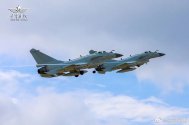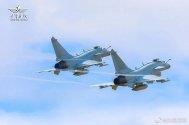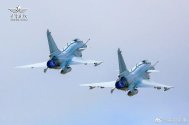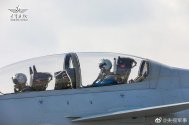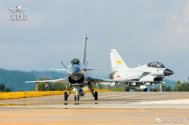The numbers don't make any sense.
Why would a F-15C cost more to operate than a F-15E?
I suspect the age of the F-15C is a factor here.
---
Also, cost per operating hour is not the correct metric, as flying hours can fluctuate due to US budget cuts and can vary due to the differing levels of proficiency required for each plane type. The F-15C was the dedicated to the air superiority mission which is more taxing in terms of pilot hours and aircraft usage.
---
Also, the 2015 operating costs per hour looks inconsistent from the 2018 Annual Operating Costs below
2018 Annual Operating Costs ($million per year)
F-16: 4.33
F-15E: 8.56
F-15C: 5.90

